Street signs typically serve as practical navigational tools that blend into the urban landscape. However, in certain corners of the world, these everyday markers transcend their utilitarian purpose to become remarkable artistic expressions, cultural statements, or clever displays of local character.
These transformed signs capture the essence of their locations while performing their directional duties. Here is a list of 16 places where street signs have been elevated, from mundane municipal fixtures to eye-catching attractions that merit admiration from passersby.
New Orleans
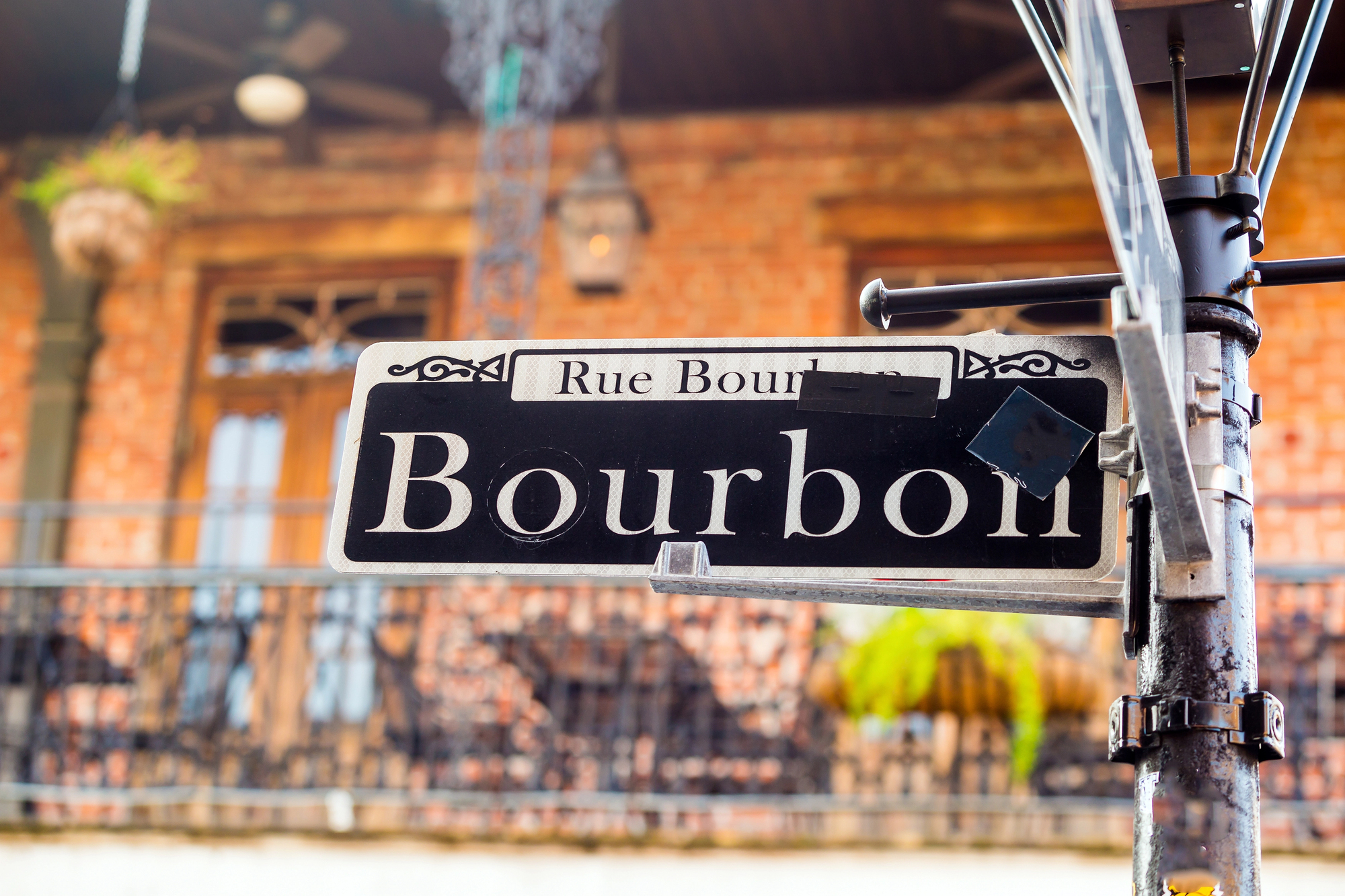
The French Quarter boasts distinctive blue and white porcelain street markers embedded into building corners rather than mounted on posts. These century-old tiles feature both the street’s current name and often its historical Spanish or French predecessor.
Local artisans still create these elegant markers using traditional techniques, preserving the unique system that dates back to the early 1900s when the Vieux Carré Commission sought to protect the neighborhood’s distinct character.
Amsterdam
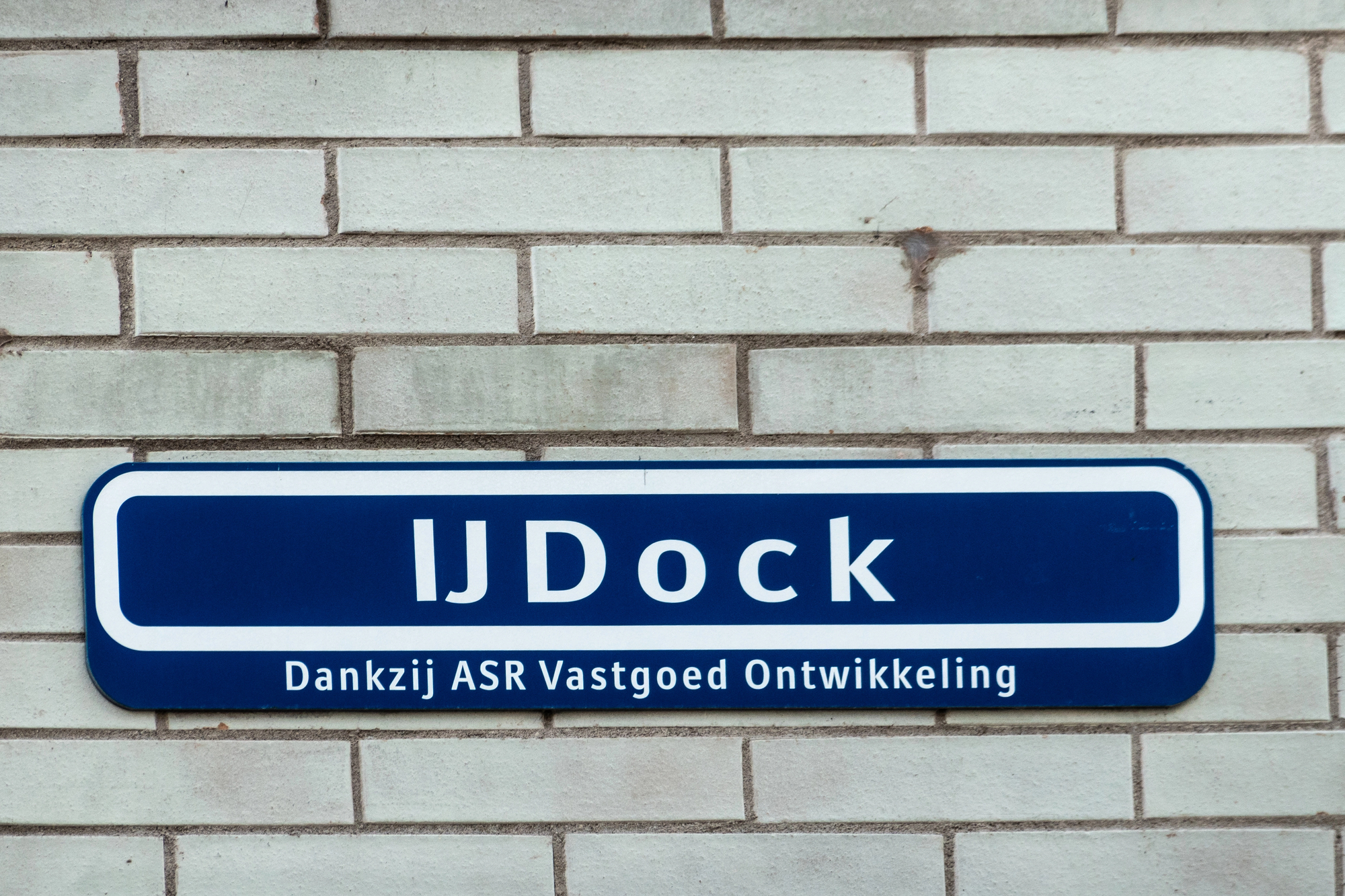
The Dutch capital features royal blue signs with crisp white lettering that incorporate subtle nods to neighborhood history within their design. Many include small pictograms beneath the street names that reference historical occupations, notable events, or famous residents connected to that particular street.
These miniature illustrations serve as tiny windows into Amsterdam’s rich past while helping visitors understand the stories behind seemingly ordinary thoroughfares.
Funchal
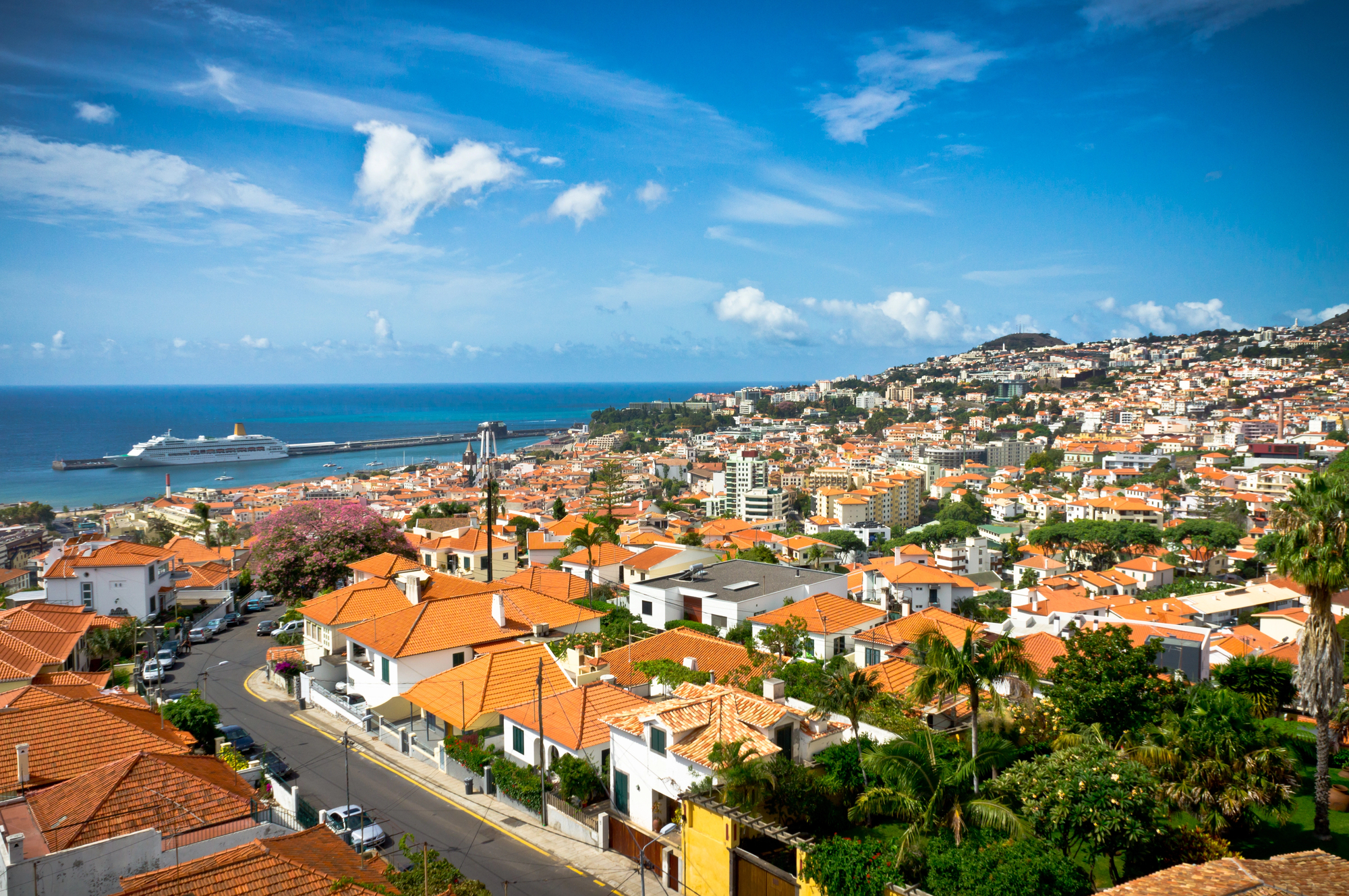
This charming city on Portugal’s Madeira Island turned an ordinary street into an open-air art gallery through the Old Town Door Project. Local artists transformed weathered doors along Rua de Santa Maria with vibrant murals, including the street signs themselves which feature whimsical hand-painted designs.
The colorful navigation markers complement the artistic doors, creating a cohesive outdoor exhibition that revitalized a once-declining neighborhood.
Like Travel Pug’s content? Follow us on MSN
Paris
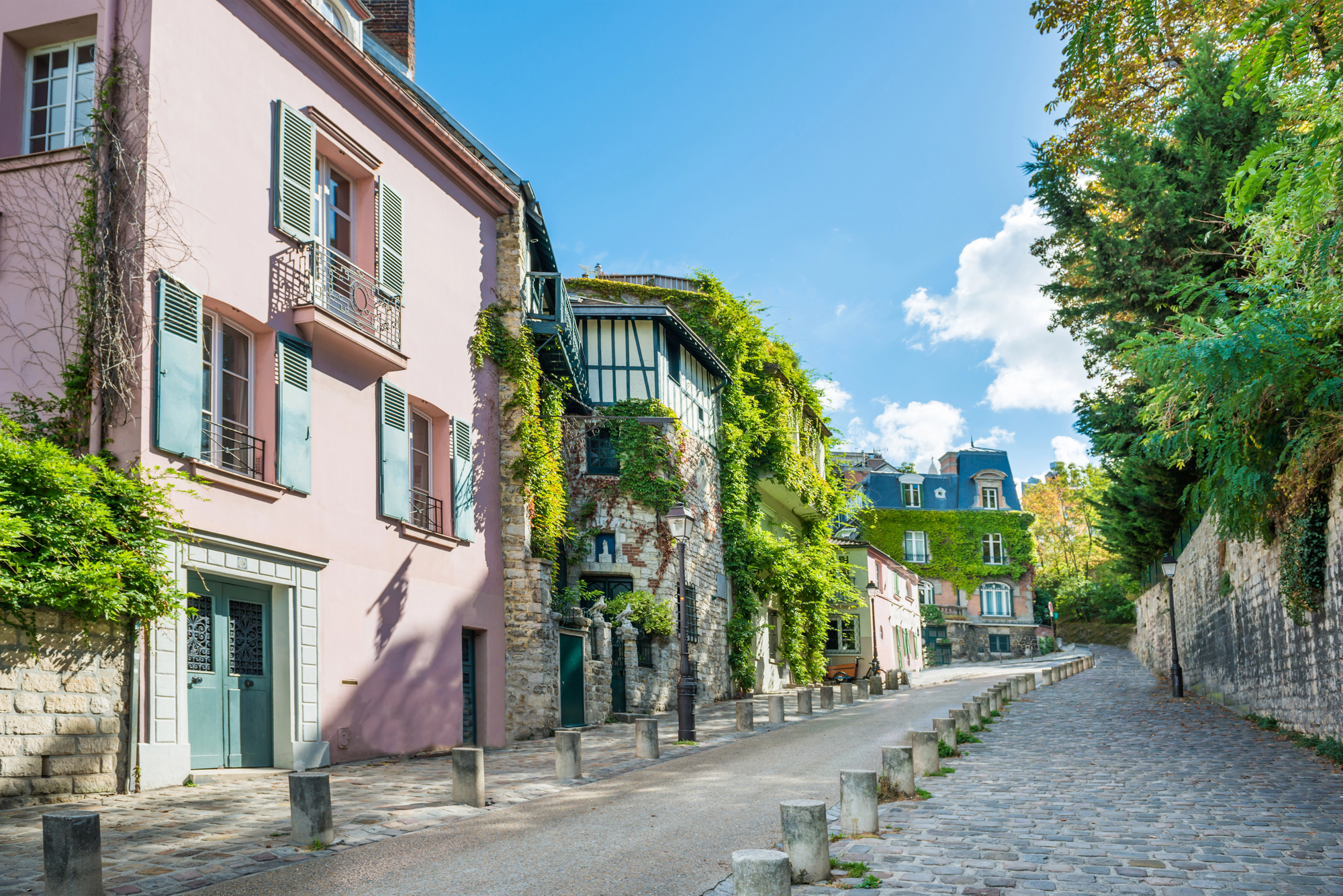
The iconic enamel blue street plaques with white borders have become symbols of the city themselves. These elegant markers include not just street names but often biographical details about the historical figures they honor.
The manufacturing process remains largely unchanged since the 1840s, with each sign hand-stenciled and fired at high temperatures to create a nearly indestructible finish that maintains its vibrant appearance despite decades of exposure to the elements.
Kyoto
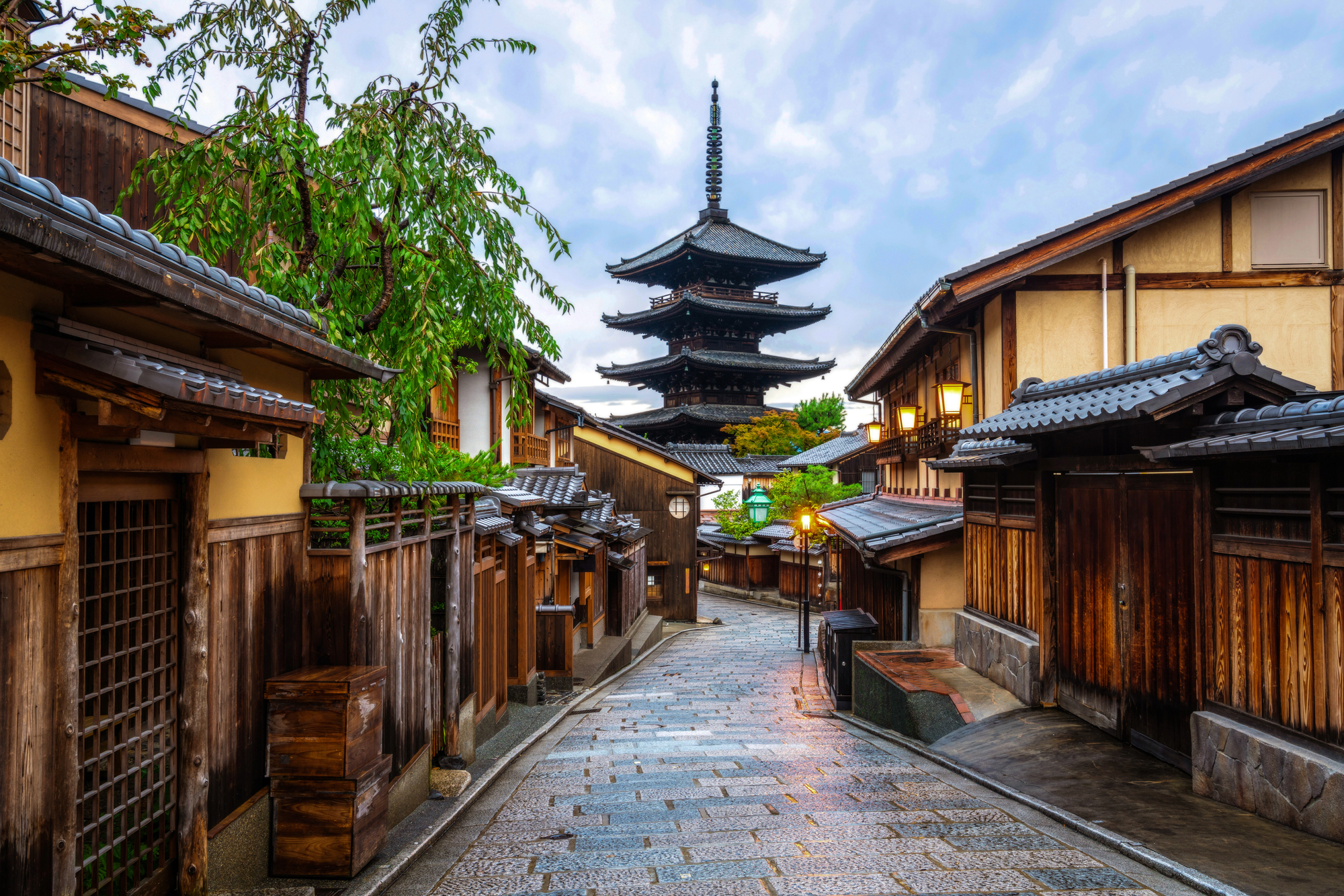
Ancient neighborhoods feature wooden street markers engraved with traditional kanji characters and mounted on bamboo-like poles. These elegant signs reflect Japanese aesthetic principles with their simple forms and natural materials that weather beautifully over time.
Unlike modern metal signs, these wooden markers change subtly with the seasons, developing rich patinas that connect the present-day navigation system to centuries of traditional craftsmanship.
Toronto

The Chinatown district showcases bilingual street signs that honor the neighborhood’s cultural heritage through both language and design elements. Red and gold colors dominate the signs, with traditional Chinese architectural flourishes incorporated into the frames.
These signs serve as physical representations of Toronto’s multicultural identity while helping non-English speakers navigate their community with dignity and ease.
Like Travel Pug’s content? Follow us on MSN
London

Historic neighborhoods feature distinctive blue circular plaques that aren’t exactly street signs but serve as remarkable navigational landmarks. These markers indicate where famous residents once lived, adding layers of cultural significance to ordinary streets.
The system began in 1866 and continues today, with nearly 1,000 official plaques creating a city-wide network that transforms regular walks into encounters with history’s notable figures, from Charles Dickens to Jimi Hendrix.
Montmartre
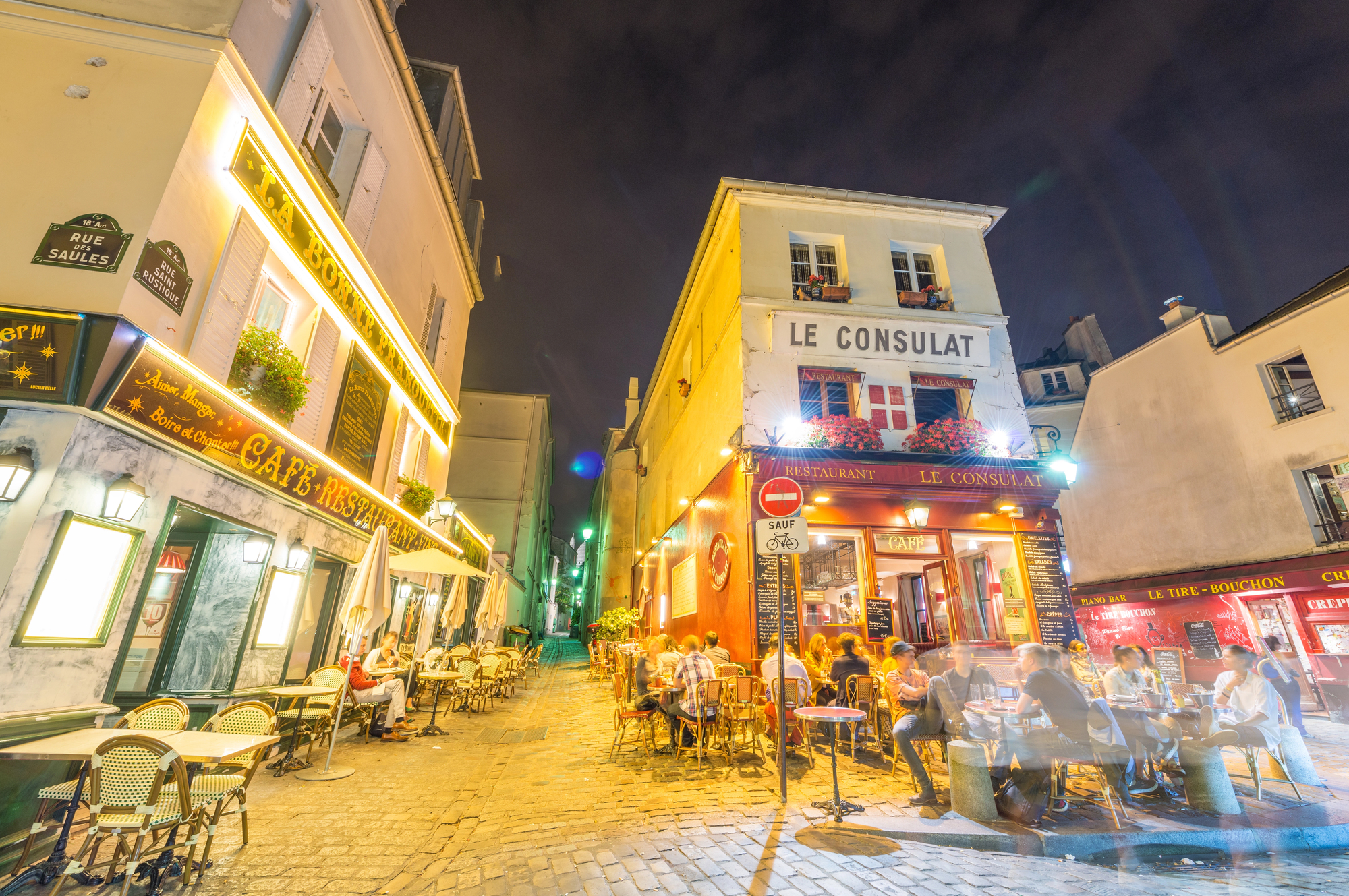
This artistic Parisian district features street signs unlike any others in the city, with unique hand-painted markers that reflect the bohemian character of the neighborhood. Local artists designed these signs with flowing scripts and decorative elements that differentiate them from the standard Parisian plaques.
The signs serve as subtle reminders of the area’s long-standing tradition as a haven for artists and creative spirits.
Portland
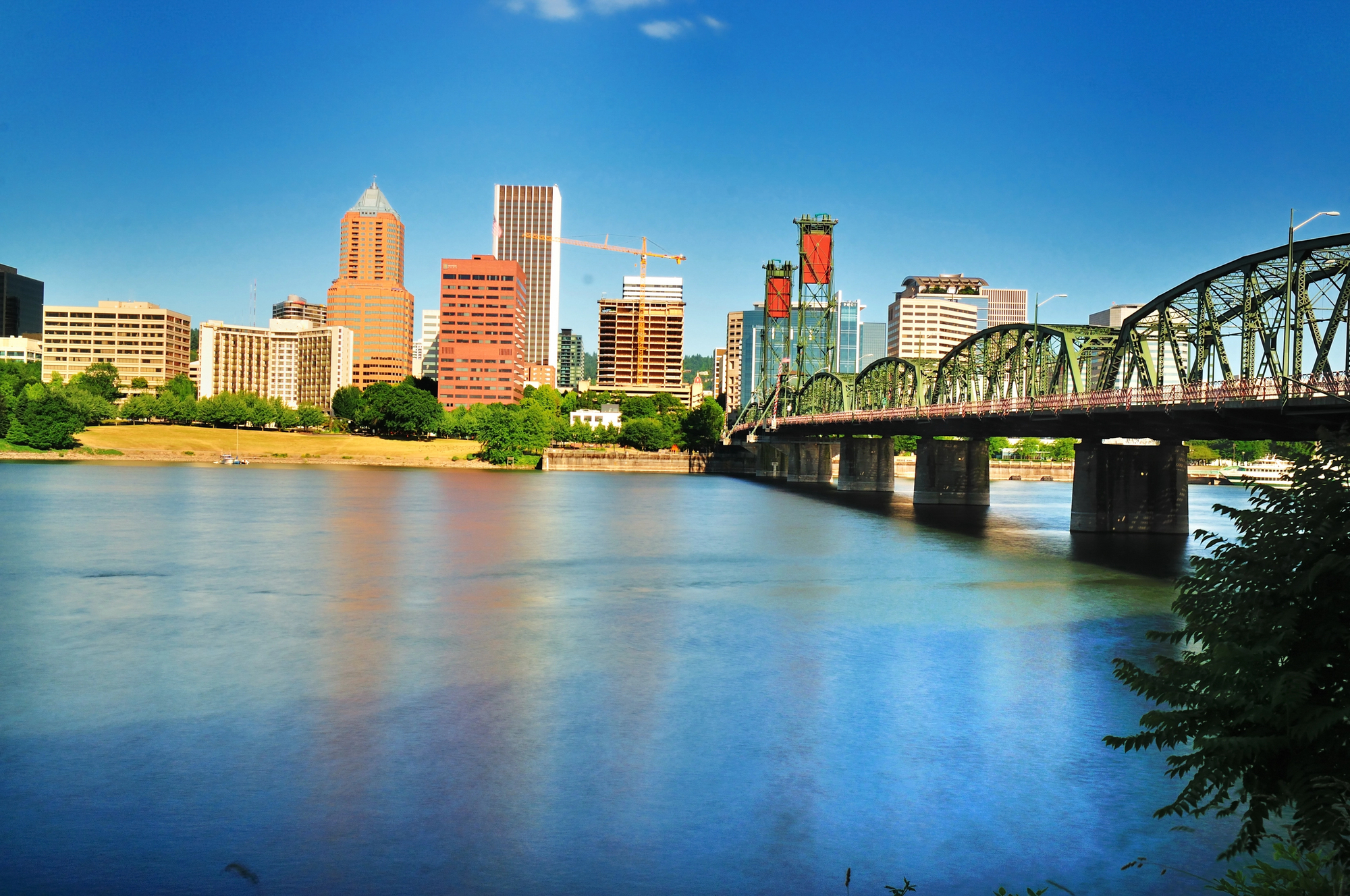
This Oregon city embraces quirkiness through its intersection signage in older neighborhoods where street markers appear as ceramic tiles embedded directly into sidewalks. Dating back to the early 1900s, these blue and white tiles were originally installed to help pedestrians navigate when horse-drawn carriages made vertical signs impractical.
Modern residents have embraced these historical markers as symbols of neighborhood identity, sometimes decorating around them during local festivals.
Like Travel Pug’s content? Follow us on MSN
Ybor City
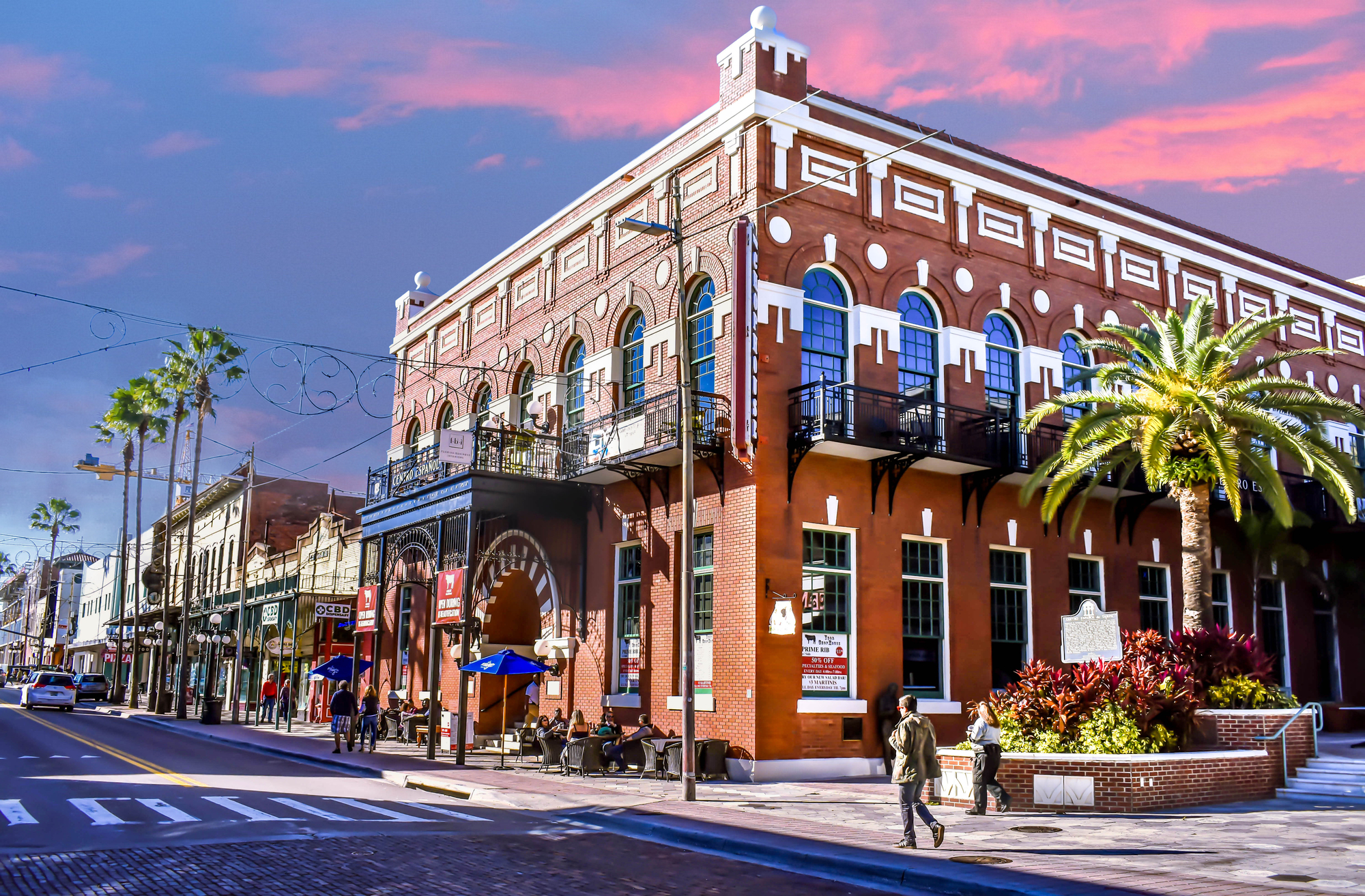
Tampa’s historic Cuban district features unique street signs that incorporate elements of heritage band design, reflecting the neighborhood’s origins as a heritage manufacturing center. Ornate borders and distinctive typography reminiscent of vintage heritage labels frame the street names.
These decorative markers serve as subtle reminders of the immigrant craftsmanship that built the district while helping visitors understand the cultural significance of the area they’re exploring.
Venice

The floating city marks its narrow streets with distinctive ‘nizioleti’ – painted rectangular signs directly on building corners. These hand-lettered markers have guided visitors through the labyrinthine canals and alleyways for centuries.
The name ‘nizioleti’ means ‘little sheets’ in Venetian dialect, referring to their appearance as small white rectangles against the colored building facades. Unlike modern standardized signs, each features slight variations in calligraphy that reflect the individual painters who created them.
Dublin
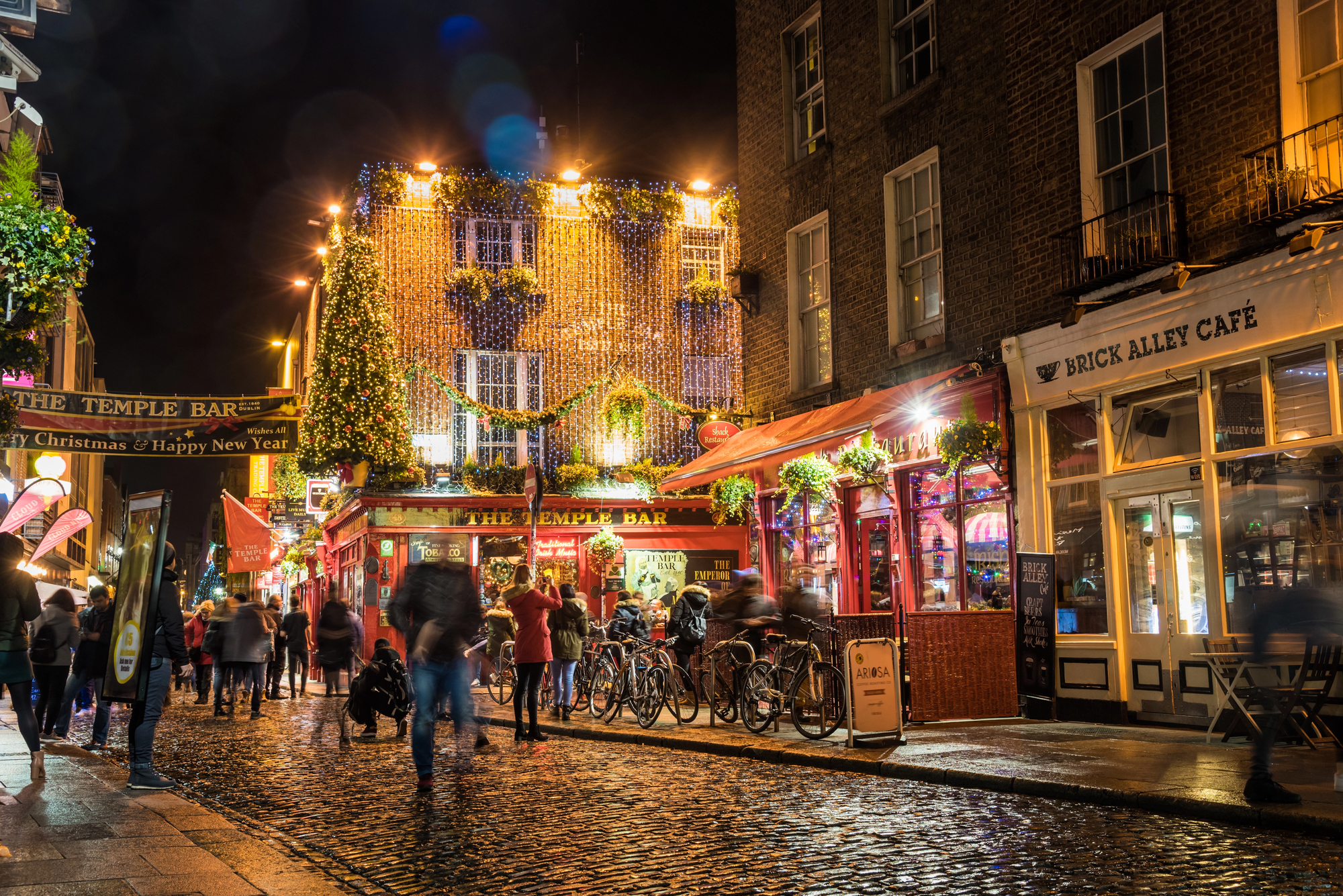
Literary heritage comes alive through special street markers that feature quotes from famous Irish writers associated with particular locations. These supplementary signs include brief excerpts from works by Joyce, Yeats, Wilde, and others that mention or were inspired by the very streets where visitors now stand.
The markers transform ordinary navigation into literary pilgrimages, connecting physical spaces to the imaginative worlds created by Dublin’s famous wordsmiths.
Like Travel Pug’s content? Follow us on MSN
Tbilisi
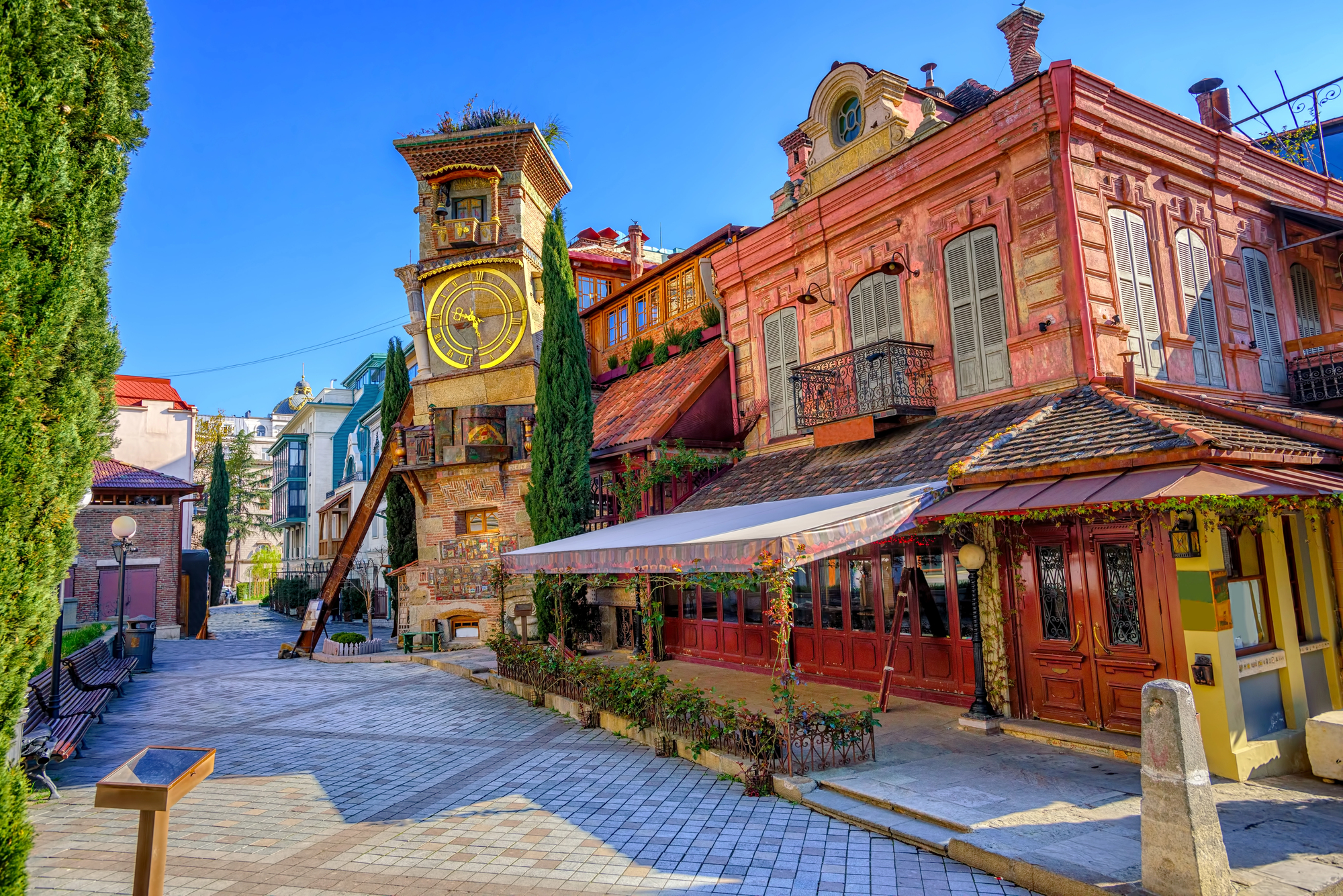
Georgia’s capital preserves its complex linguistic heritage through street signs that feature both the Georgian alphabet and Latin transliterations. The Georgian characters showcase the unique curvilinear script that dates back to the 5th century – one of the world’s oldest alphabets still in use.
These dual-script markers help international visitors navigate while celebrating the distinctive national identity that survived centuries of foreign rule.
Berlin
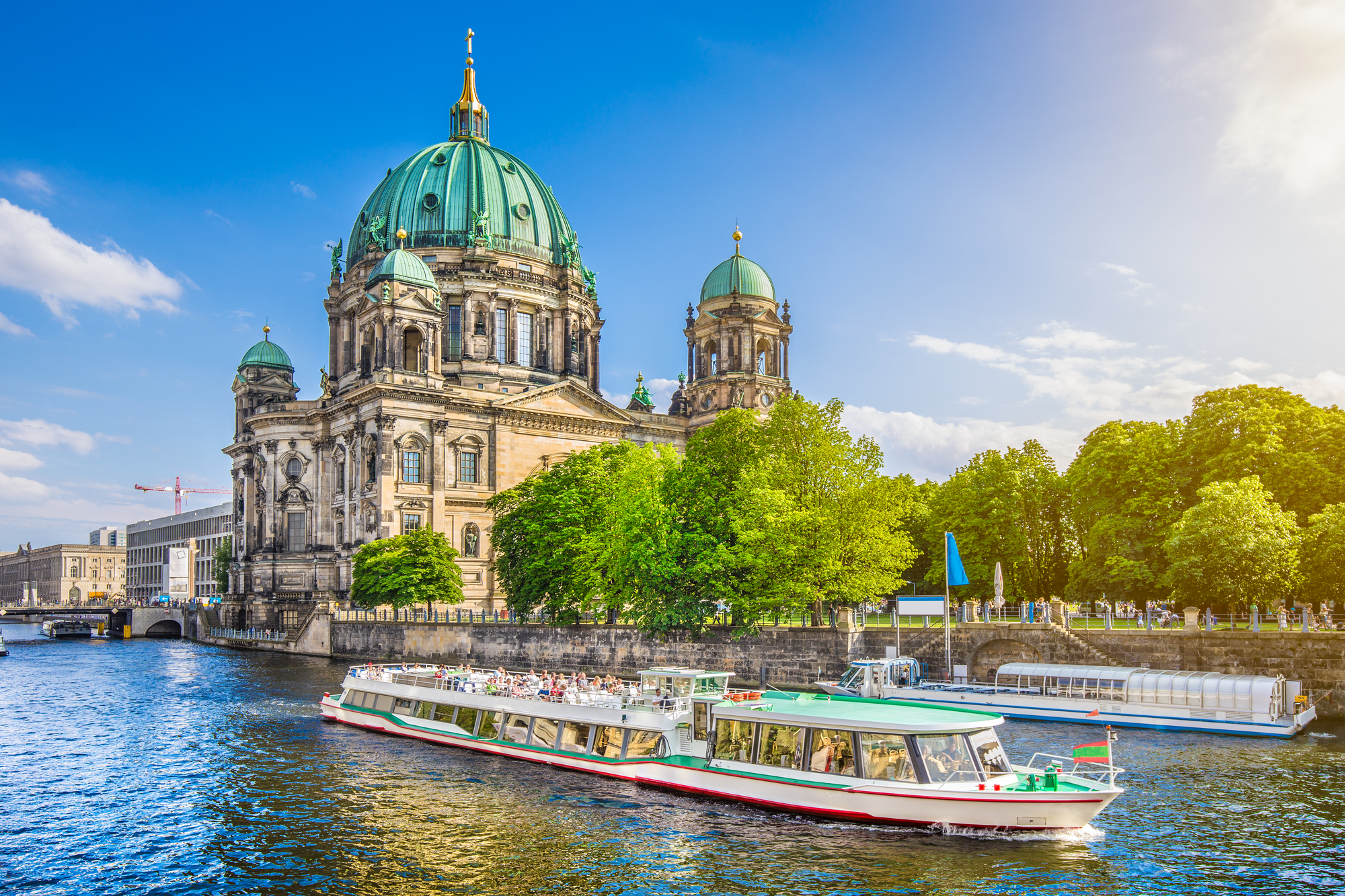
The German capital acknowledges its divided past through street signs that differ subtly between former East and West sections. Western districts typically feature white text on blue backgrounds, while eastern areas historically used white on green.
Though standardization has increased since reunification, these subtle differences remain as physical reminders of the city’s fractured history and ongoing reunification process that plays out in even the smallest municipal details.
Arles
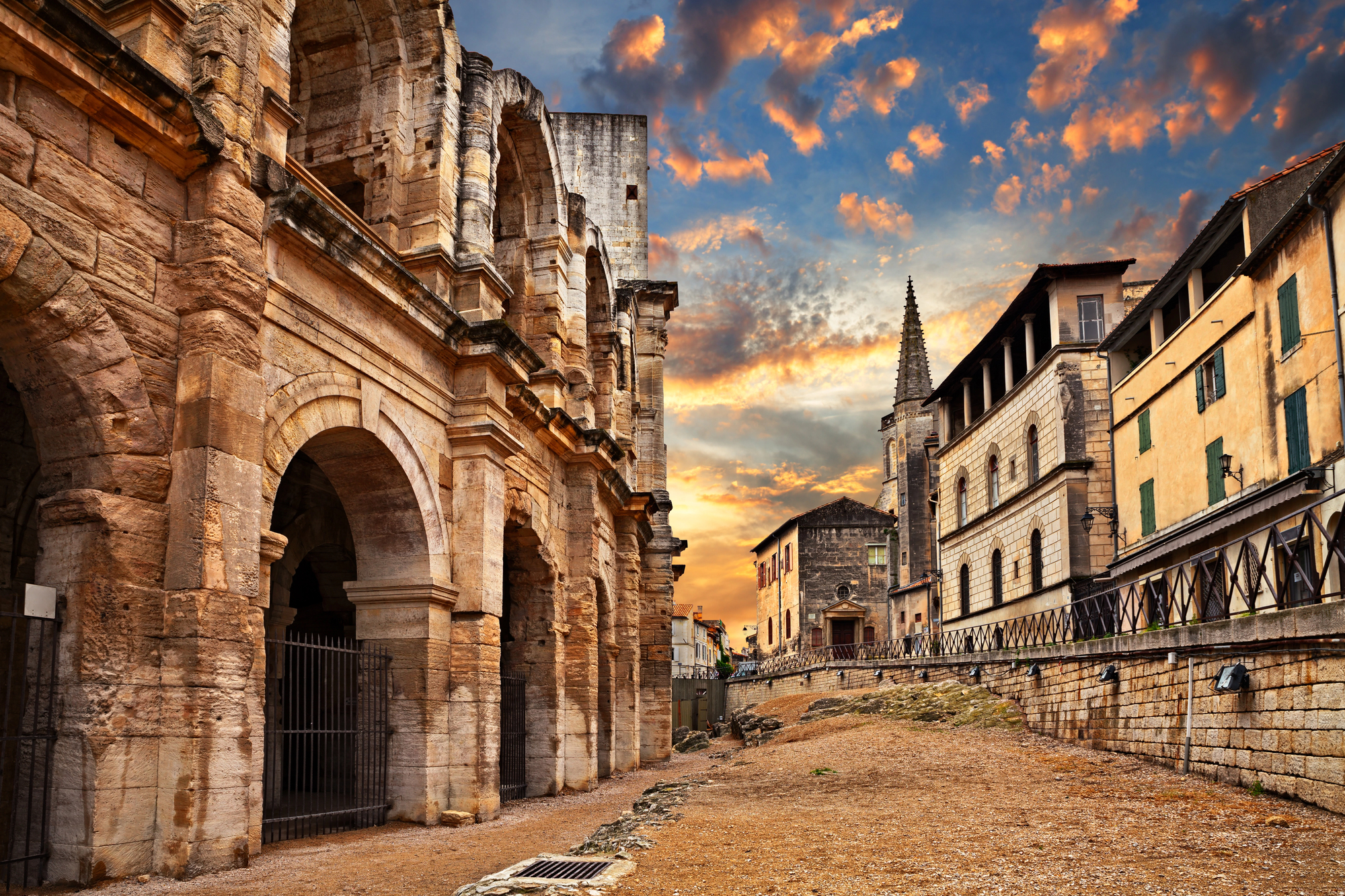
This southern French town incorporates both French and Provençal languages on its street markers, preserving the regional Occitan dialect that influenced the works of Vincent van Gogh during his productive period there. The dual-language signs feature distinctive yellow backgrounds that subtly reference the region’s famous sunflowers and golden light that attracted so many painters.
These thoughtful markers help maintain linguistic diversity while creating visual harmony with the town’s warm stone architecture.
Like Travel Pug’s content? Follow us on MSN
Savannah
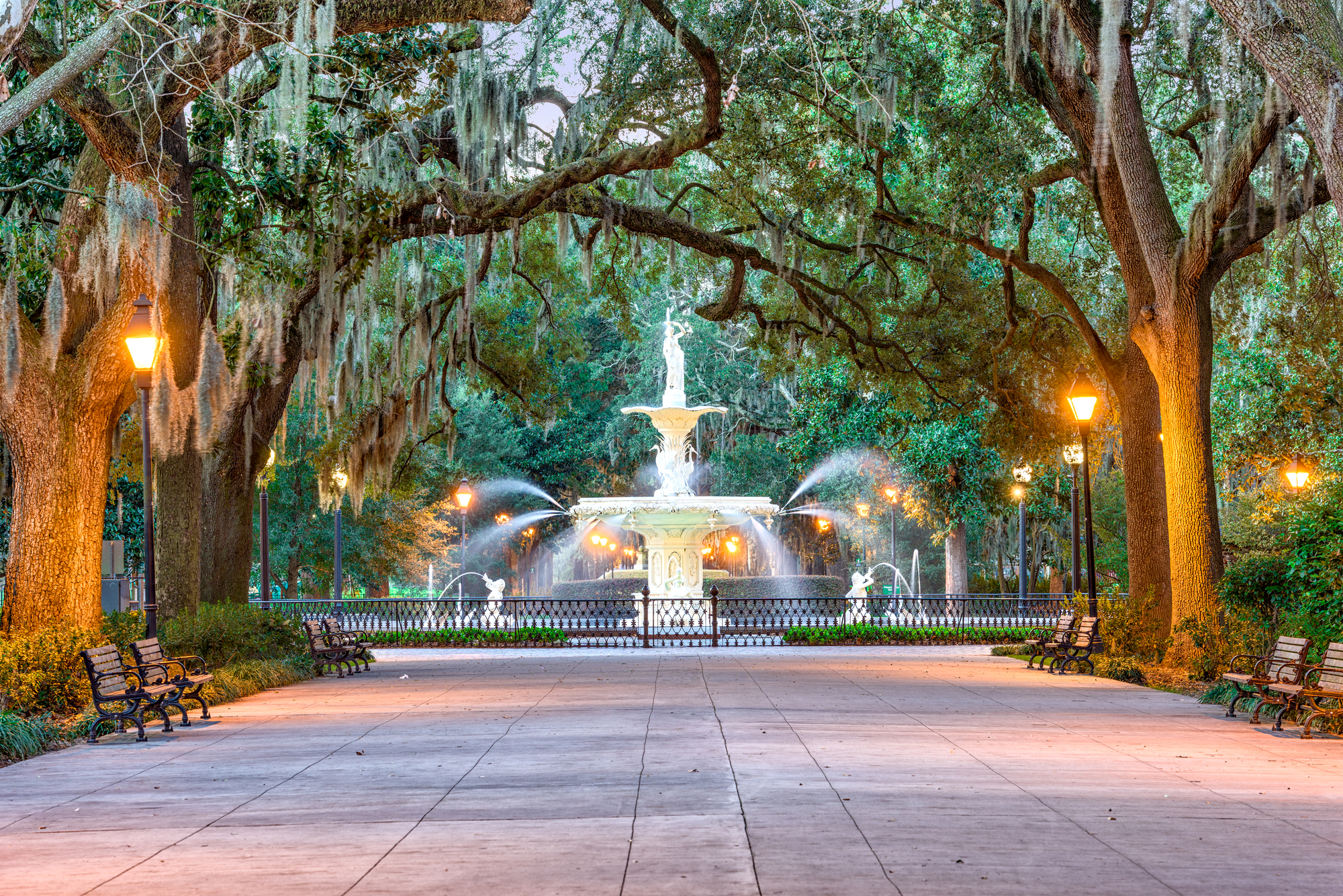
Historic districts feature distinctive green street signs mounted on decorative wrought iron posts that complement the city’s famous squares and gardens. These markers include not just street names but often directional indicators for famous landmarks and historic sites nearby.
The ornate metalwork bases mimic the elaborate ironwork balconies and fences that characterize Savannah’s architectural heritage, creating a visual continuity between the navigation system and the historic environments they identify.
Navigational Artistry
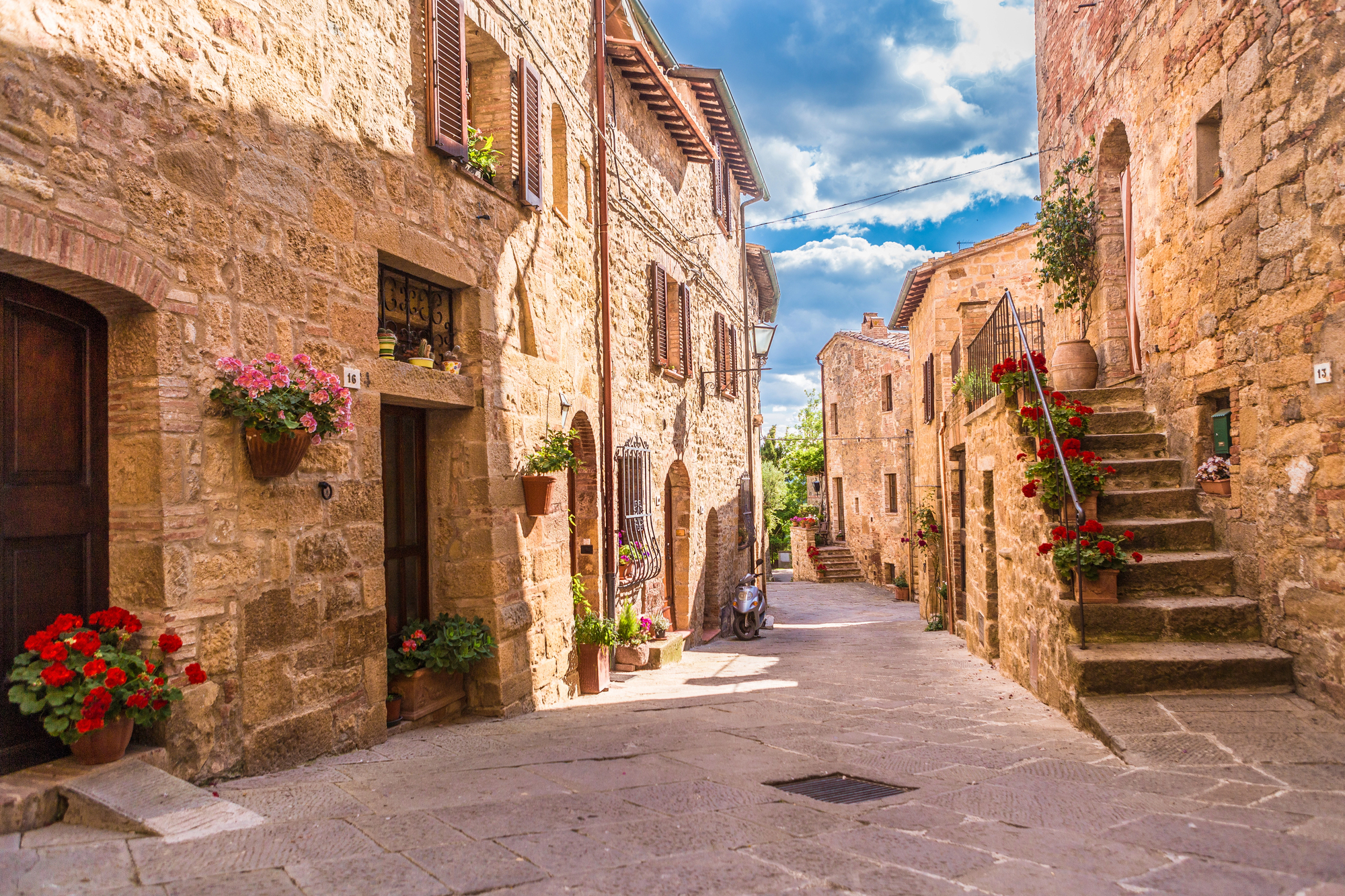
From hand-painted Italian nizioleti to ceramic sidewalk tiles in Portland, street signs reveal how communities transform even the most functional elements into expressions of local identity. These navigation systems do more than prevent us from getting lost—they connect us to the cultural landscape, historical significance, and artistic spirit of the places we explore.
The humble street sign, when thoughtfully designed, becomes a first introduction to a neighborhood’s character and a lasting impression of its unique sense of place.
More from Travel Pug

- Cities Growing so Fast You Won’t Recognize Them in 10 Years
- 13 Destinations Where Tourists Regularly Regret Their Trip
- 20 Obscure WWII Sites Even History Buffs Don’t Know About
- 10 Under-the-Radar Mountain Towns That Are Both Affordable and Beautiful
- Remote Villages in Europe Where You Can Live for Free in Exchange for Work
Like Travel Pug’s content? Follow us on MSN
